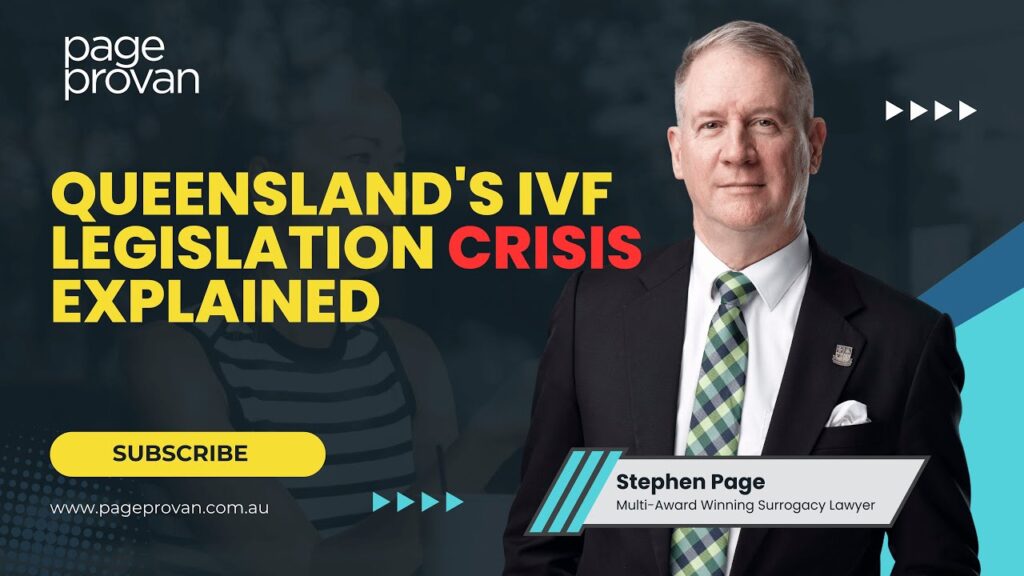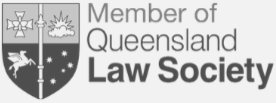There were 317 adoptions finalised in Australia in 2013–14, a fall of 9% from the previous year, according to a report released today by the Australian Institute of Health and Welfare (AIHW).
The report, Adoptions Australia 2013–14, shows that while the number of Australian children adopted was similar to the previous year, the number of children adopted from overseas continues to decline.
‘Of the 317 finalised adoptions, 203 were of children who were born or were permanently residing in Australia—a slight decrease from the 210 such adoptions in the previous year,’ said AIHW spokesperson Mr Tim Beard.
Over a quarter (28%) of all finalised adoptions were by known carers, with the 89 carer adoptions in 2013–14 triple the number of this type of adoption that occurred a decade ago.
The rise in carer adoptions has been driven by New South Wales, where recent reforms have increased the focus on adoptions by known carers.
‘The 89 adoptions by known carers, such as foster parents, was the highest number of this type of adoption in the past decade,’ Mr Beard said.
‘This is a stark contrast to other types of adoption, which have generally declined from year to year.’
The number of finalised inter-country adoptions dropped from 129 to 114 between 2012–13 and 2013–14.
The most common countries of origin were Taiwan (41 adoptions or 36%), the Philippines (18 or 16%) and South Korea (13 or 11%).
Overall processing times for inter-country adoptions (covering processes in Australia and overseas) are beginning to stabilise with the median length of time remaining at around 5 years in 2013–14.
‘Inter-country processing times are largely affected by factors such as the number and characteristics of children in need of adoption, the number of applications received, and the resources of the overseas authority—all factors outside the control of Australian authorities,’ Mr Beard said.
While the majority of inter-country adoptees were aged under 5, the percentage of infants under 12 months has dropped to 14% of all adoptions in 2013–14.
In contrast, all children who were the subject of a finalised local adoption in 2013–14 were aged under 5, with almost half being infants under 12 months.
In addition to Adoptions Australia 2013–14, today, the AIHW also launched a new dynamic data display for intercountry adoptions, which allows users to explore data to find out more about trends and patterns of adoption in Australia. It is available at http://www.aihw.gov.au/adoptions-data/.
The dynamic data display is depressing, but interesting reading, showing the inexorable decline in the number of adoptions, year by year.












